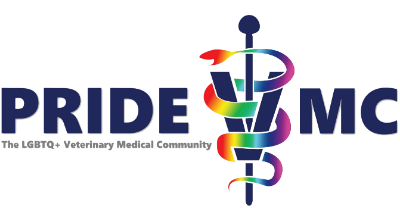Cultural Lenses of Gender Diversity
Gender Diversity Across Cultures
As a social construct, gender contemporarily serves as a concept utilized by dominant U.S. culture to categorize humans and non-humans alike as feminine or masculine. This gender categorization has been normalized in the last couple centuries through the conflation of sex and gender assignment at birth. For instance, the proclamation “it’s a girl” refers to gender but is based on primary sex characteristics that are coded as female (e.g., with a vulva), male (e.g., with a penis), or intersex (e.g., with “ambiguous” genitalia); the latter of these is often forced into a female or male role and feminine or masculine presentation, respectively. In other words, the dominant ideology in the United States is that the sex assigned at birth serves as a reference for how the infant’s family, community, and society treat the infant and expect the infant to behave and present as either a feminine girl or masculine boy.
Despite being dominant, however, this ideology is not shared across all cultures and communities, which highlights the constructedness of gender in society. Some cultures and communities within the U.S. have not historically conflated sex with gender, and therefore do not expect that gendered behavior and presentation are tied to primary sex characteristics.
For instance, some indigenous cultures understand gender as a characteristic that differs person to person. This may present itself as individuals having any combination of feminine and masculine characteristics—one person may have more feminine than masculine characteristics, while another could have a balance of the two (i.e., “two-spirit” and “māhū” or “in the middle”).
In some of these cultures and communities, those with a balance of feminine and masculine characteristics are revered and therefore hold special roles within their communities as healers and seers. These individuals may be associated with a third, fourth, fifth, or even sixth gender, completely challenging the dominant ideology that supports a gender binary (i.e., woman/man). Yet, this gender diversity is not unique to the United States. Indeed, there are cultures around the world that recognize the complexities of gender and gender expression (see https://www.pbs.org/independentlens/content/two-spirits_map-html/).
In Thailand, the kathoey are a third gender who, although assigned male at birth, present as feminine and are understood as “as second type of woman.” In contemporary U.S. culture, these individuals may be understood as effeminate gay men, drag queens, or transgender women, yet they occupy a very specific place in Thai tradition—as neither female nor male, but in-between.
In India, the hijra are also a third gender; typically assigned male at birth, they adopt a feminine identity and presentation and were historically responsible for blessing marriages and naming new infants. Because of British imperialism, hijra today are subject to discrimination and violence for being stigmatized as “indecent” and “criminal” according to 19th century British morality codes. Similarly, the third and fourth genders of Australia, “sistergirls” and “brotherboys,” experience discrimination and violence today because of the long-lasting impacts of colonization.
Despite the historical celebration of gender diversity in many of these cultures across the world, much has been lost due to cultural imperialism and genocide. What remains, however, is the reality that conceptualizations and treatment of gender differ across times and places. Although the dominant ideology regarding a gender binary still exists in the U.S. today, more youth are challenging this binary than ever before—the Trevor Project (2021) suggests that 26% of LGBTQ+ youth identify as non-binary. And, whereas a few decades ago there were few “out” transgender, non-binary, and gender non-conforming individuals in media and popular culture, social media has given these individuals a platform to not only become visible but create a following nationally and internationally. Consequently, more cultures and communities have started conversations about gender beyond a binary and/or have begun reclaiming gender diverse identities and demanding equitable treatment and rights for gender-diverse individuals and communities.
For instance, in 2020 the U.S. Supreme Court “held that title VII’s employment protections extends to transgender individuals (https://library.law.howard.edu/civilrightshistory/transgender). Still, gender-diverse individuals and communities continue to face discrimination, oppression, and violence in the U.S. and across the world.
Having a gender identity bill of rights for the veterinary medicine field serves to create safer spaces for transgender, non-binary, and gender non-conforming practitioners and clients alike.
Contact Us
We want to hear from you. Please contact us with any questions, suggestions or inquiries.
©2023 PrideVMC | 584 Castro Street, #492 | San Francisco, CA 94114, USA
